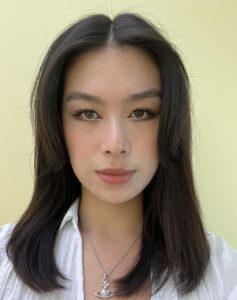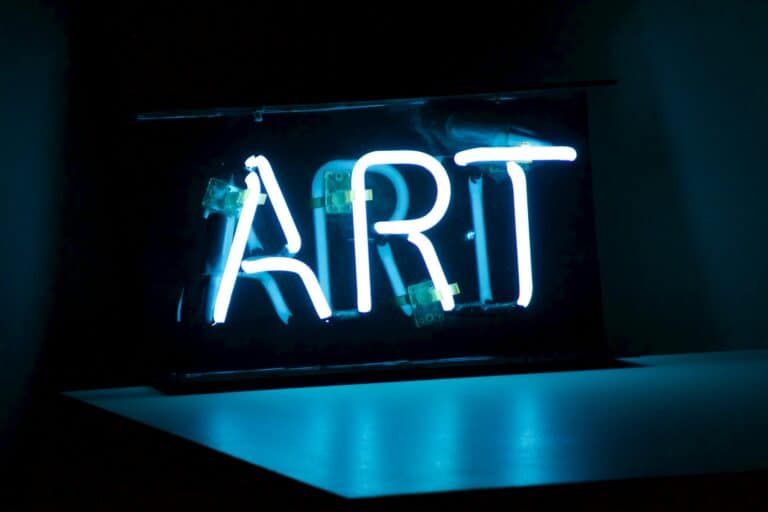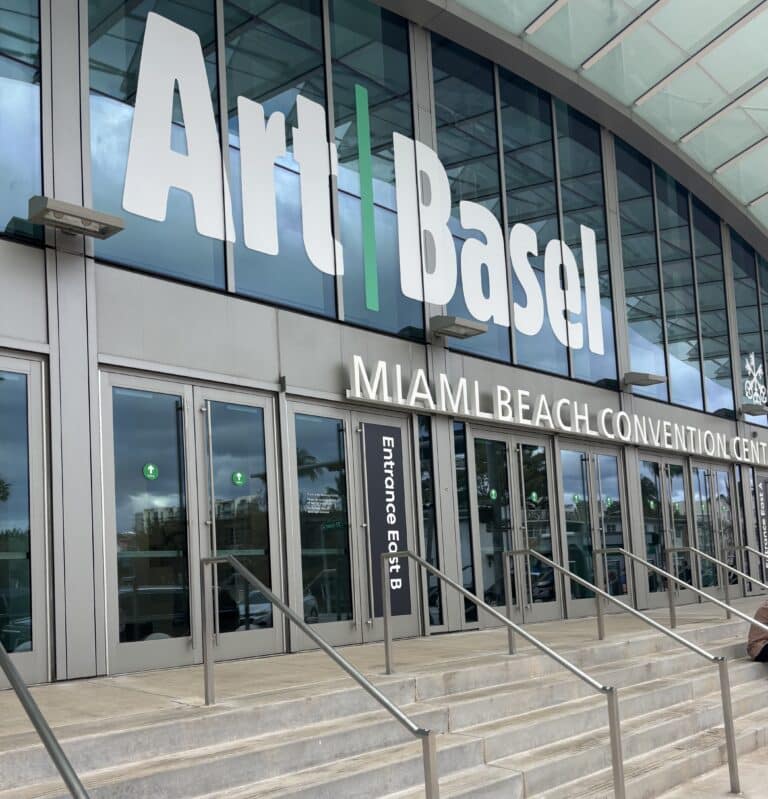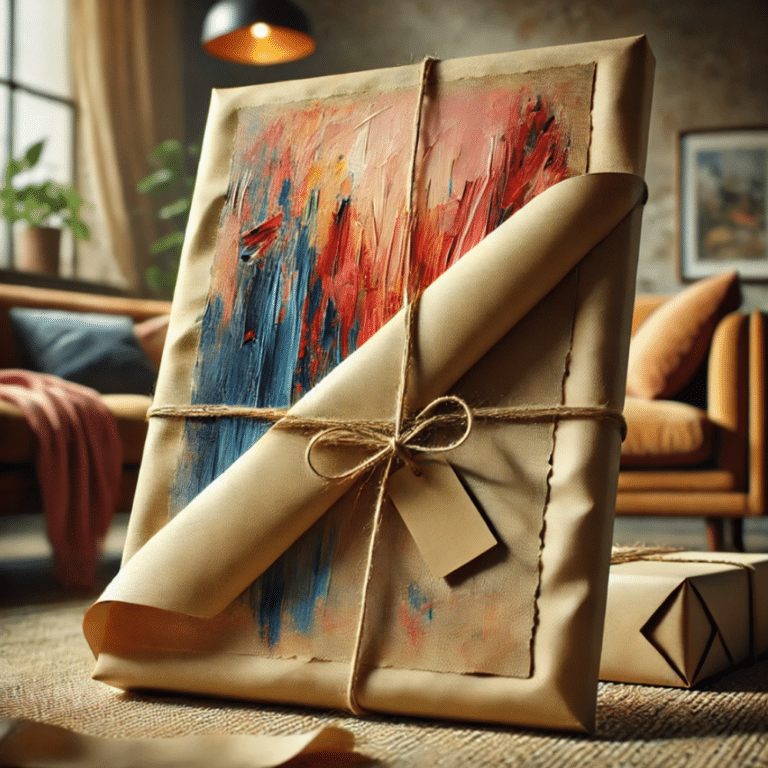The New Art Dealers Alliance (NADA) is a not-for-profit contemporary art collective with a twofold mission statement: first, to make contemporary art more accessible for the general public; second, to create opportunities that nurture growth among emerging artists, curators, and galleries alike. On May 2nd, 2024, they kicked off New York’s art fair series with 92 booths hosted by local favorites, such as Fierman and Hesse Flatow, and Europa, and out of town passersby, like Franz Kaka, Foundry Seoul, and Strada.
In a way, NADA offers a sneak peak into the forthcoming world of art, shedding insight into what artists are inspired by and what styles curators are spotlighting. In this year’s iteration, figurative and surrealist renderings dominated the art-filled walls and floors in the multi-floor exhibition space. Yet, the most memorable works under these genres surpassed their normative, aesthetic ties to satire and illusion, in favor of sincere explorations of society, the self, and everything in between. Multi-media works and sculpture also ruled the fair, blurring lines between the real and the imaginary, the abstract and the representational, using nostalgic iconography and distortions of the body. Under this expansive oeuvre, the following booths lingered with me most:
Alina Tenser, Amanda Martínez, and Emma Safir at Hesse Flatow
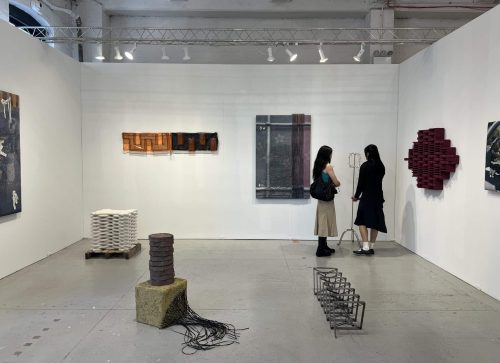
Hesse Flatow curated a booth assembled with care, cohesion, and grace. It effectively engaged with themes of labor, performance, and domesticity despite the absence of bodily references and imagery throughout all works. The wall-mounted sculptures by Tenser and Martinez eloquently conversed with the mixed-media textile collages of Safir, who also had a feature with Blade Study, through unexpectedly soft interplays of materiality and temporality. There was a distinct tension between the textures of old craft techniques and the polished planes of modern mediums, between personal space and collective place, between long toils of building and the mark of a moment.
Lotus L. Kang at Franz Kaka
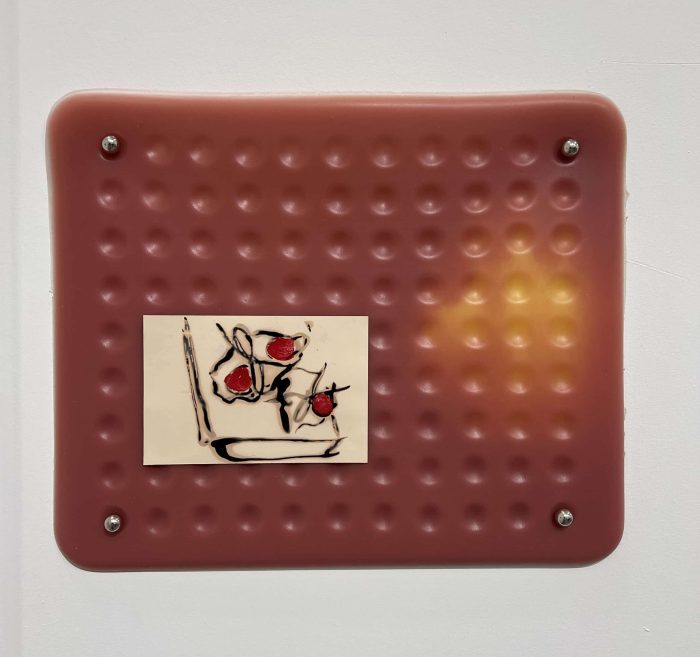
Lotus L. Kang is definitely one to watch at NADA and beyond. The Canadian artist recently also had works exhibited at this year’s Whitney Biennial and continues to draw admiration for her simultaneously innovative and intimate works. Her Mesoderm series, on display at the booth of Toronto-based gallery Franz Kaka, intermeshes photographic paper, darkroom chemicals, and oil pastels on a backdrop made of pigmented silicones and magnets. The final product is a frame that is both in flux and resolute, a reimagined, redefined polaroid of half-forgotten memories and half-remembered dreams.
Jongwan Jang at Foundry Seoul

Foundry Seoul is a debut gallery from South Korea, and their inaugural showing at NADA definitely did not disappoint. Ever since the pandemic, there have been no shortage of science fiction motifs, both at NADA and in the creative industry at large. In Jang’s alien landscapes, reminiscent of a hybrid between a Steven Spielberg movie and a Dr. Seuss book, the artist depicts habitual life on a dystopian fungus farm. The pop of pink amidst a palette of teal adds to the painting’s fantastical feel. Jang notably uses hanji as his canvas, a traditional paper that absorbs the layered acrylic and gauche with a unique seamlessness. Despite the undoubtable strangeness of the depicted scene, it encapsulates the inspiring solace of human wonder. Rather than dwelling on its deeper meaning, I was satisfied in simply enjoying the oddity it evoked.
Malgorzata Szymankiewicz at BWA Warszawa

Color takes center stage at BWA Warszawa’s booth. The Warsaw gallery chose to highlight the striking abstract compositions of Małgorzata Szymankiewicz, a Polish artist invested in subverting the swift fluctuations of evolving trends and styles in fashion. In an age when time is often treated with haste, the artist’s works provide an alternative through unhurried, organic treatments of pigment that speak to core tenets of slow art. Despite the bold hues in each composition, of which are made especially apparent against the unassuming white walls of the booth, this intentional, processual blend offers gazing eyes a moment of rest, to take in the pause afforded by the gradience between and within each work, to dwell in the calm before the storm, for just a while longer.
